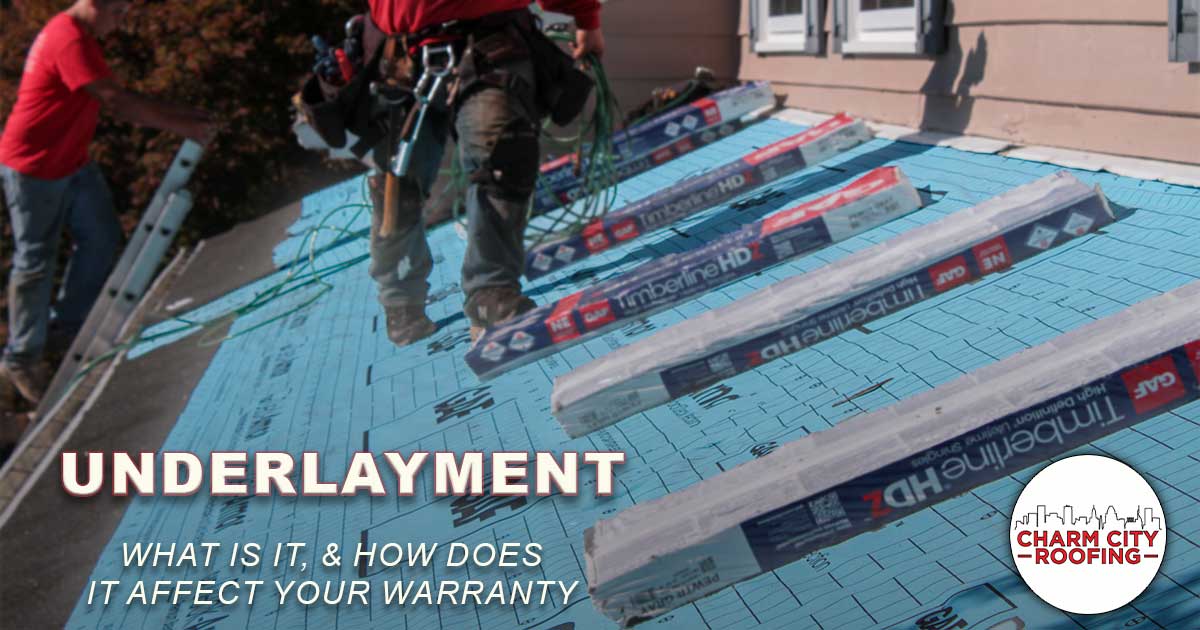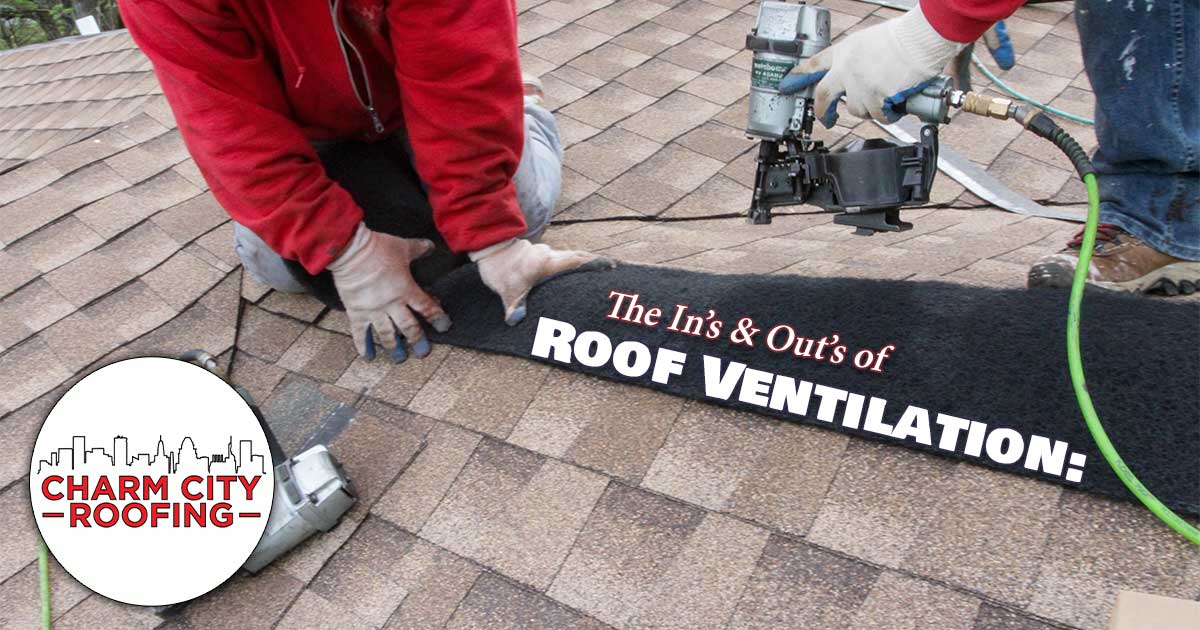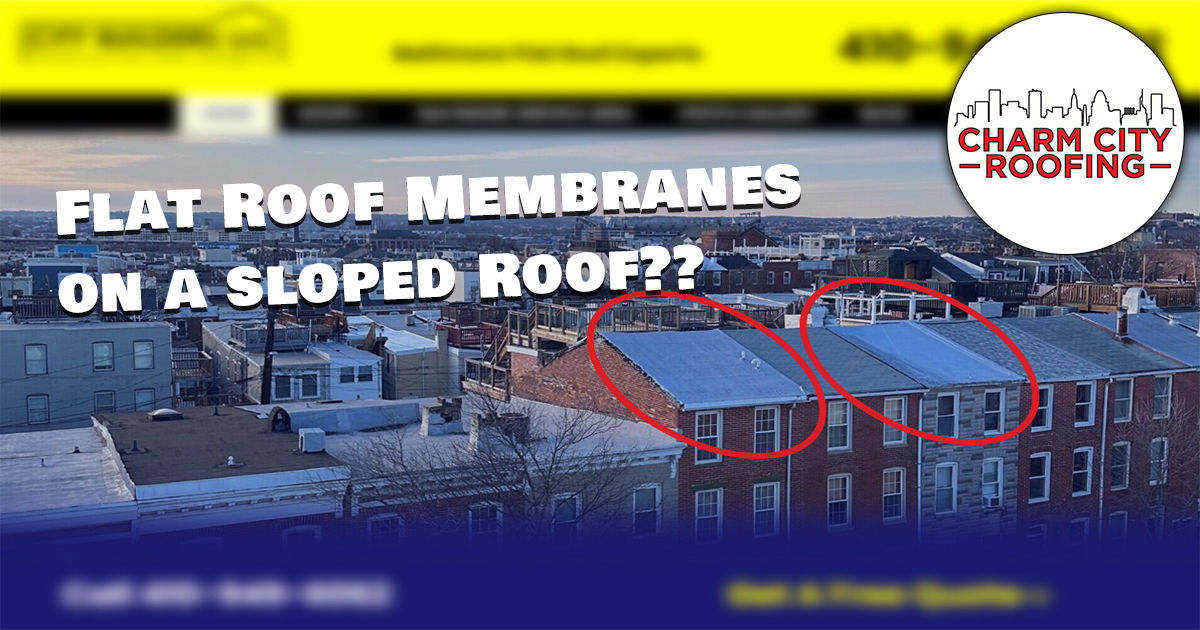
What is Underlayment, and How Does it Affect Your Warranty?
Ever Heard of Underlayment?
How Does it Affect Your Roof’s Warranty?
When you picture a roof, you’re probably not picturing underlayment. It’s not the kind of thing you notice, or even see, when you look up at the top of a house. Shingles, shakes, or rubber membranes may be the faces a roof shows the world, but they’re not everything. When it comes to functional, long-lasting roofing, they’re only half the story. The underlayment and base layers beneath are equally important.
Think of underlayment like the engine in a car. You might not see it from the outside, but you won’t go very far if it’s missing. Underlayment is vitally important for the roof of your home or business, but that’s not the only function it serves. A great roof should always come with a great warranty, and the underlayment you choose as a part of your roofing system can affect the kind of warranties available to you. As such, being familiar with the basics of underlayment is a must for any homeowner.
What is Underlayment, and What Does it Do?
Underlayment layers are jacks of all trades. Not only do they protect your roof from harsh weather, they protect your roof from itself. It’s true! For multiple reasons as a matter of fact. The purpose for shingles roof underlayment and flat roof base layers vary slightly, but both further protect against weather and provide an improved surface for the top layer.
Shingle Roof Underlayment:
A high quality underlayment layer not only provides water resistance against harsh weather, it also allows for vapor and hot air to escape from inside. This is an important capability that keeps your home dry, energy efficient, and performing the duties it should.
Additionally, certain roofing elements are best kept apart. As a matter of fact, laying shingles directly on wooden roof decking is quite problematic. This leaves your roof deck subject to wind driven rain, and creates a situation where trapped moisture can weaken shingles faster over time. The roofers of old quickly realized the importance of using additional protective layers. When asphalt shingles were first introduced over a hundred years ago, roofers noticed a problem. The sap from the wooden decking boards would seep into the shingles, breaking them down more quickly.
Modern roof decks are built with OSB or plywood, not milled boards, so sap isn’t as much of an issue, but the other principles still apply. Underlayment provides additional security against water infiltration, and increased functionality of the overlaid shingles.
Flat Roof Base Sheets:
Here’s a fun fact, a worthwhile base sheet is actually the only waterproof layer of a flat roof. Don’t get us wrong, products like GAF rubberoid torch down membrane are top notch for keeping out water. However, because flat roofs are more susceptible to water for long-durations a non-permeable base layer is a must.
A low-slope roof will be covered with a minimum of two sheets: a base sheet and a cap sheet. The base sheet provides waterproofing and a top surface that can bond with the cap sheet. The cap sheet provides colour, protection from fire, ultraviolet (UV) radiation protection and resistance to mechanical abuse. The base sheet and cap sheet must be designed to work together.
Unlike shingle underlayment, flat roof base layers are not designed to be vapor-permeable. Instead, they are thoroughly sealed and reinforced membranes which serve two other distinct purposes. Products like GAF’s Liberty Base/Ply sheet are adhered over insulation boards and create a seamless layer which water can’t find its way through. Additionally, the base sheet mends together with the torch down as it is applied over top.
What Are the Different Kinds of Underlayment?
Tar Paper
Back in the day, our roofing forefathers used paper covered in tar as the protective layer beneath the shingles. For their purposes, tar paper worked well. It gave the shingles protection from the harmful sap while also helping the roof better withstand wind and rain. However, it was prone to tearing and difficult to apply.
Roofing Felt
Tar paper was eventually replaced by fiberglass roofing felt, which is still widely available. In fact, roofing felt was the default product for roofers until about 20 years ago. It’s typically made from various fibers soaked in asphalt to create a water-resistant layer. Roofing felt has done an excellent job protecting countless homes over the years. However, it’s heavy and more easily damaged than more modern options. Additionally, installing roofing felt properly can be tricky. If it comes into contact with moisture before it’s applied, roofing felt becomes wrinkly. This makes it harder to lay shingles on top of it and compromises the integrity of the roof.
Modern Options
Today, if you want underlayment, it’s most likely you’ll use synthetic underlayment. This is the product of decades of roofing innovation, and has a host of advantages over traditional felt, including:
Durability.
Synthetic underlayment is much less prone to tearing and other damage. While felt paper can withstand some abuse, synthetic underlayment is much stronger.
Longevity.
Synthetic underlayment typically last longer than asphalt felt solutions, and offer better protection against water. Modern underlayment can last 25 years or more with regular inspections.
Weather resistance.
Synthetic underlayment is significantly more resistant to UV rays and moisture than felt paper. This is good news if there’s any time delay between the underlayment install and the laying of shingles.
Weight.
Felt paper is much heavier per unit than synthetic underlayment. This makes it easier to transport and less labor-intensive to apply.
Easy application.
Because synthetic underlayment is lighter, there’s more material per roll. This means larger sheets that require less time to apply properly. More sheets also means fewer seams between material, which reduces the likelihood of a leak.
Warranty benefits. Using synthetic roofing may be necessary to take full advantage of the best roofing warranties.
What Do Underlayment & Base Sheets Have to Do with Warranties?
Quite a lot, actually. Many roofing warranties will only cover your new installation if a certain number of accessory products are used. At Charm City Roofing, we’re proud to be certified by GAF, the leading manufacturer of roofing materials in the US. Our distinction as a Master Elite and Master Commercial contractor means we’re able to provide our customers with the best products available. It also means we can offer the best warranties for those products.
GAF’s System Plus, Silver Pledge, and Gold Pledge warranties offer incredible coverage for homeowners. They also all require at least 3 GAF accessory products be used in installation. This always includes underlayment.
This is not a GAF-specific phenomenon. The use of synthetic underlayment is a common warranty prerequisite for many manufacturers. Using a superior product isn’t just good for the insurance companies, though— it’s good for you! Choosing excellent materials ensures your roof will work better for longer. Each of the 3 GAF underlayment types we use offer significant improvements over traditional roofing felt.
Deck Armor™: GAF Deck Armor™ is an excellent underlayment, providing a durable, even layer on which to apply shingles. It holds less moisture than felt paper, and is designed to ward off rot and water damage.
Tiger Paw™: GAF Tiger Paw™ is slightly less breathable than Deck Armor™, giving your home even better protection against water. This makes it an excellent choice for vented roofs that require less air-flow and more protection.
Shingle-mate®: While not a synthetic product, Shingle-mate® is a distinct upgrade from traditional roofing felt in its own right. It’s designed to lay flatter than other roofing underlayment, making it less prone to wrinkles.
The Bottom Line
With the roofing technology available today, it’s easier than ever to get a premium roof that will last for decades. Modern underlayment options offer top-tier protection for your home, and may be key to getting the best roofing warranties available. Check with your roofing contractor to see what kind of underlayment is best for your needs!



